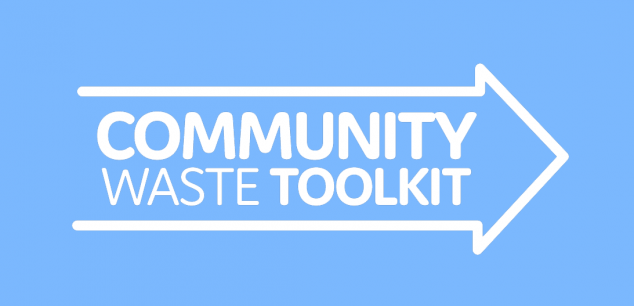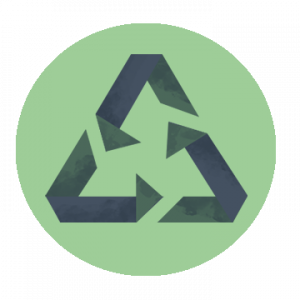Limerick Transfer Station
Background
In 2003, the town of Limerick’s new Solid Waste Manager noticed that a lot of the items discarded at the transfer station were in good condition and could have been used by someone else. Instead of paying to landfill or incinerate those items, the manager decided to set them aside for someone else to take home. This solution offered two major benefits: town residents could access goods at no cost, and the town could reduce its costs associated with waste disposal.
Getting Started
While the initial take-it shop was simply a pile of usable goods left in a corner, the program’s popularity led the Solid Waste Manager to work toward creating a dedicated space at the transfer station for the new take-it shop. Using both funding from a state grant and the town taxpayers, the manager purchased a garage to house both the take-it shop and an electronics recycling program.
Outcome
In 2004 Limerick opened its newly constructed take-it shop. Town residents are permitted to drop off and take usable items at no cost. Since the take-it shop opened, Limerick has seen substantial decreases in its waste tonnages and associated costs. In the same year that the take-it shop opened, the town’s demolition waste decreased by 100 tons, and its household waste decreased by 150 tons. Between 2004 and 2016, Limerick’s solid waste costs have decreased by nearly 24%. Beyond the cost savings, the take-it shop has helped the community. In the wake of community tragedies, the shop has helped residents get back on their feet. It’s also a resource for collectors, new home-buyers, and others just looking for a find. The take-it shop is extremely popular with town residents, and the town manager hopes to expand soon to accommodate demand.
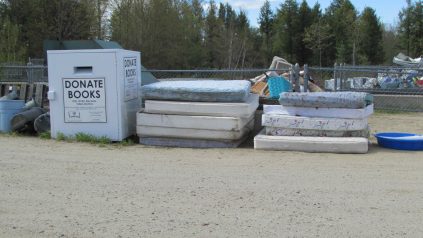
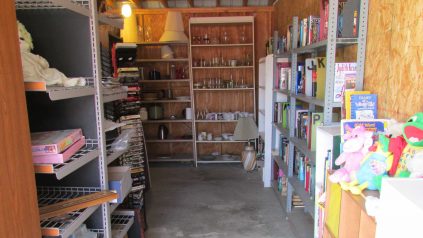
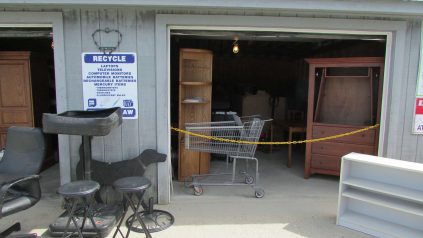
Challenges & Tradeoffs
Perhaps one of the biggest challenges for the Limerick take-it shop is its popularity. It has near-constant visitors, and at times lines can stretch to 14 cars long to access the shop. To minimize start-up costs, the take-it shop was added to the existing transfer station plan. The Solid Waste Manager notes that because the popularity of the shop wasn’t anticipated by the site planners, the layout of the shop within the transfer station is not ideal. While more space and an improved flow of traffic would be helpful, the take-it shop is a beloved addition to the transfer station, and any challenges are outweighed by the overall benefits.
Record-keeping has also been a challenge. While the staff kept detailed records of the items that passed through the shop in its first year, the data collection process quickly became too burdensome. While the information was helpful to have, the manager has compromised by asking individuals to write down a description of the items they take from the shop on a notepad.
Recommendations for Action
- Don’t worry about what happens to the goods: The Solid Waste Manager notes that the purpose of the take-it shop is to help local families. She doesn’t worry about residents who take goods to sell online or at yard sales. Even if the goods are sold rather than used, they are still kept out of the waste stream, and the profit helps those families.
- Encourage sharing: While most residents take sparingly from the take-it shop, the manager suggests intervening if individuals take too much. In rare cases where one person is taking too much of a certain item the staff and volunteers that oversee the transfer station gently encourage them to save some items for other town residents.
- Plan for popularity: The Limerick take-it shop has no shortage of donations or “shoppers.” Planning for growth, and thinking about the layout of the space can help prevent congestion and makes management of the shop easier.

